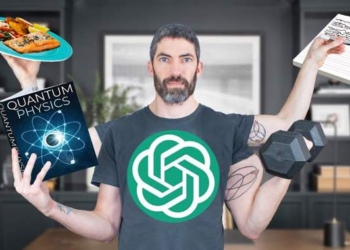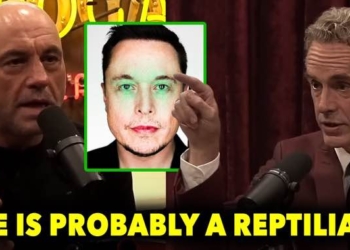
Due to advances in artificial intelligence, Virtual Reality has taken the shape of the trend in the modern world. It is not only depicting reflection of how advanced technology has become but also is a futuristic cooling trend.
What is Virtual Reality?
Virtual reality is an umbrella term for the broad concept of interactive computer-generated simulation. It essentially breaks down into three differentiated categories: Virtual Reality, Augmented Reality, and Mixed Reality. Each group boasts a different ratio of digital components to reality.
Augmented Virtual Reality
Here are some of the Real Life Experiences In The Age Of Virtual Reality
1. Snapchat Filters
Filters on the social media app called Snapchat is the perfect example of Augmented Reality. Virtual elements like flower crowns and animal ears are on top of real-time images of a person.
Note, Also Read: What is a Virtual Reality Escape Room?
2. Games
Another way to experience Virtual Reality in real life is through downloaded games. Pokemon Go is an example of one such game. Users use their phones to scan their surroundings for Pokemon and then capture them.
3. Working Remotely
Working using remotes requires mixed reality elements as an avenue for collaboration. An example of this is using a virtual space like Google Hangouts or Zoom to mimic a conference room while all users in the room are in their respective areas.
4. Creating Ideas and Forecasting Trends
Virtual reality allows businesses to come up with new ideas and perform tests before implementing them in the actual day today environment. This immersive technology also allows companies to forecast trends and determine the performance of projects beforehand.You can also create games that help in orange county team building.
5. Pain Management
Uses of virtual reality in medicine are widespread. For example, this technology is used in pain management for patients undergoing treatments that inflict insurmountable pain, such as cancer. Each treatment pain of the cancer patient helped and managed. Consider other high pain treatments such as high degree burns, physiotherapy treatments, broken limbs, and open wounds.
6. Managing and Treating Anxiety Disorder
The medical team can use functional apps fused with the VR technology to monitor the individual patient’s breathing patterns and offer appropriate scenarios for the patient to consider and choose. If needed, the medical team can quickly administer anxiety medication, thus saving the time-lapse between traditional medicinal responses.
Conclusion
Virtual reality applications examples are numerous and are not limited to the descriptions above.
The potential of the technology to revolutionize the world is going unmatchable. What we can do is to only wait for more amazing ways VR will change the world shortly.














